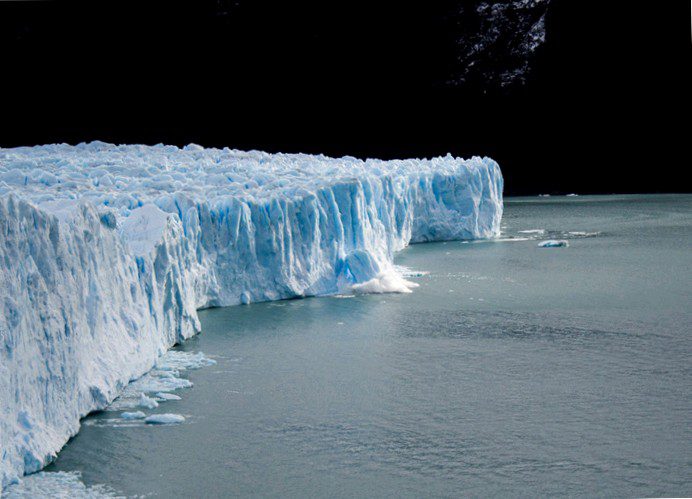Rainforest, desert, mountains: the geography of South America is incredibly diverse – but often an obstacle to development
People posing in outdoor jackets in front of glaciers in Patagonia or on volcanoes, filthy motorcyclists on the Panamericana, the one with 25.000 kilometers of the world's longest road, moon addicts in the Atacama Desert, nature freaks in the jungle: For adventure seekers, South America is a paradise. However, for residents, the landscape between the tropics and Antarctica can become a real challenge. To trade in the Amazon region or even across the Andes proved impossible for centuries and until today.
Natural barriers mean there's less war – and when there is, it's over raw materials
As a result, Brazil, Argentina, Bolivia, Paraguay, and Uruguay to the east of the Andes had to transport many goods by sea to deliver them to Venezuela and Colombia to the north or Ecuador, Peru, and Chile to the west. To the European colonialists in the 16. Thus, in the nineteenth century, the main concern was to develop the ports – also to be able to trade with Europe. Many of the largest cities are located on coasts or estuaries: Sao Paulo, Rio de Janeiro, Buenos Aires, Lima.
In the center of the subcontinent, jungles, snowy mountain passes, dry deserts and deep valleys have always had to be crossed. At least these natural barriers – which often function as national borders – kept the risk of disputes between countries low. One of the few conflicts took place from 1879 to 1884 between Chile on the one side and Peru and Bolivia on the other side. The so-called Saltpetre War, which was about a resource-rich region in what is now northern Chile, ended with Bolivia losing its access to the Pacific Ocean – to this day a heavy mortgage for the country.

A little of each: the landscape between the tropics and Antarctica is a real challenge for residents
(Photo: Miriam Duran/unsplash)
In addition to the extremes of the landscape, the huge deposits of raw materials are another factor that determines the economic and political life of many countries in South America, sometimes for the better, sometimes for the worse. But similar to Africa, large deposits of mineral resources often lead governments to focus on revenue from sales and neglect building a manufacturing industry. Venezuela, for example, is the country with the world's largest oil reserves – and yet one of the poorest.
Cultivated areas for coffee and oranges are drying up, bananas are rotting – the climate crisis sends its regards
Brazil, on the other hand, the largest country on the continent, holds many mineral resources, but about half of the country is covered by the Amazon jungle: transporting goods is difficult, building settlements often impossible. Rainforests continue to be cleared for the cultivation of soy, which acts as cheap feed in factory farming worldwide. The country has a long coastline with port cities, but it's often punctuated by huge bluffs, making interchange between places difficult. Brazil's eternal rival Argentina, on the other hand, has fertile growing areas in the form of the Pampas, but is often hit by severe floods and droughts. And the future holds even more challenges: Because climate change is also leaving its mark on the South American continent.
Excessively high temperatures are causing coffee and orange plantations to dry out, bananas are rotting due to heavy rainfall, and the deforestation of the rainforest in Brazil, the "green lungs" of the globe, is causing the entire ecosystem of the Amazon to totter. Thus, South America remains a continent of hope, also due to its natural conditions; a hope, however, "like a promise from heaven, a promissory bill whose redemption is postponed again and again", as the Chilean poet Pablo Neruda wrote.